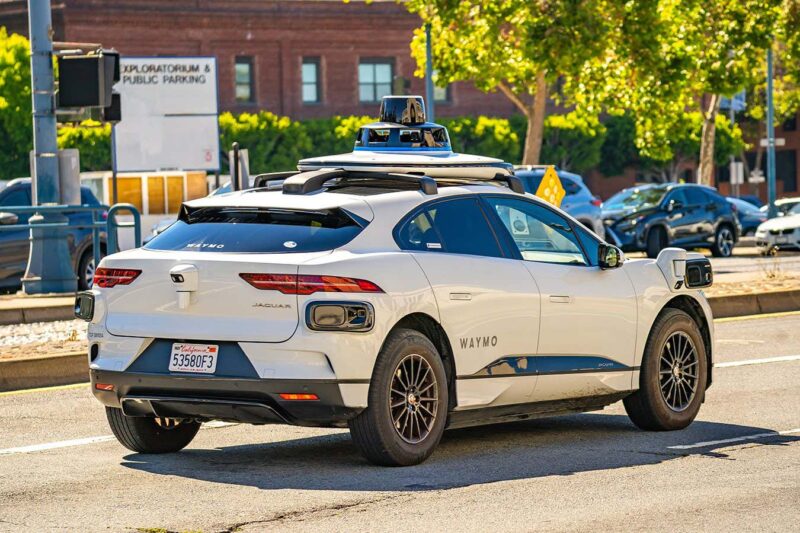Driverless cars have been granted permission to operate as paid ride-hailing services in San Francisco by California state regulators. Following the approval of Waymo and Cruise, these companies can now expand their commercial services to charge passengers for 24/7 driverless robotaxis in San Francisco. However, the decision has faced opposition from city officials and residents over concerns about traffic congestion and interference with emergency services.
The introduction of driverless cars in San Francisco has been met with challenges. Videos have circulated online showing these cars causing traffic issues or disregarding commands from firefighters and police during emergencies. Activists have even obstructed them by placing traffic safety cones on their hoods to deceive the vehicle sensors.
Missy Cummings from George Mason University in Virginia comments, “Regardless of how the vote comes out, the companies have lost a huge amount of credibility. They’ve lost a huge amount of what otherwise was public favor when they first started driving five years ago.”
On August 10, the California Public Utilities Commission (CPUC) approved the requests of the driverless car companies after listening to over five hours of public comments. Waymo and Cruise can now offer their services as round-the-clock driverless robotaxis in San Francisco. However, the companies have indicated that they do not plan to immediately flood the streets with additional driverless cars.
However, in a meeting held on August 7, just days before the vote, San Francisco fire chief Jeanine Nicholson informed the commissioners about the challenges faced by firefighters in dealing with driverless cars. In some cases, firefighters have had to “babysit” these vehicles for up to 30 minutes after they drove into the middle of fire or medical emergencies. Nicholson also criticized tech companies for withholding data on such incidents and not seeking early consultations with emergency responders.
Julia Friedlander, head of automated driving policy at the San Francisco Municipal Transportation Agency, stated during the meeting that the city has received approximately 600 complaints from the public since the autonomous vehicles started operating in June 2022. Beyond those complaints, there have been 55 written reports of driverless cars interfering with law enforcement and other first responder operations. City officials warned that if Waymo and Cruise expand their fleets beyond the existing 250 and 300 vehicles, respectively, these issues could increase significantly.
Representatives from Waymo and Cruise at the meeting on August 7 highlighted the safety records of their driverless cars based on company statistics. However, they admitted that they lacked data on vehicle interference with first responders. They also emphasized their efforts to train firefighters and police on interacting with autonomous vehicles. City officials, however, expressed concerns about the practicality of expecting first responders to memorize lengthy instructions for dealing with each company’s vehicles.
Both companies have sponsored campaigns promoting the safety of autonomous vehicles. Cruise even placed full-page ads in newspapers arguing that “Humans are terrible drivers.” However, experts such as Missy Cummings have criticized these efforts, stating that the statistics used in these campaigns are misleading. Cummings points to an analysis of California’s road traffic accident data, which suggests that driverless vehicles experience four to eight times more minor accidents than human drivers.
Steven Shladover from the University of California, Berkeley, believes that California needs to revise its reporting requirements for driverless car incidents to provide a clearer understanding of the technology’s impact. He also suggests that tech companies may find it easier to expand their services in other cities such as Phoenix, Arizona, or Austin, Texas, where the environments are less complex and crowded.
A representative from Waymo did not comment but shared a blog post by Waymo co-CEO Tekedra Mawakana, expressing gratitude to the California Public Utilities Commission for their “vote of confidence” and describing the new permit as “the true beginning of our commercial operations in San Francisco.” Cruise did not respond to a request for comment.








